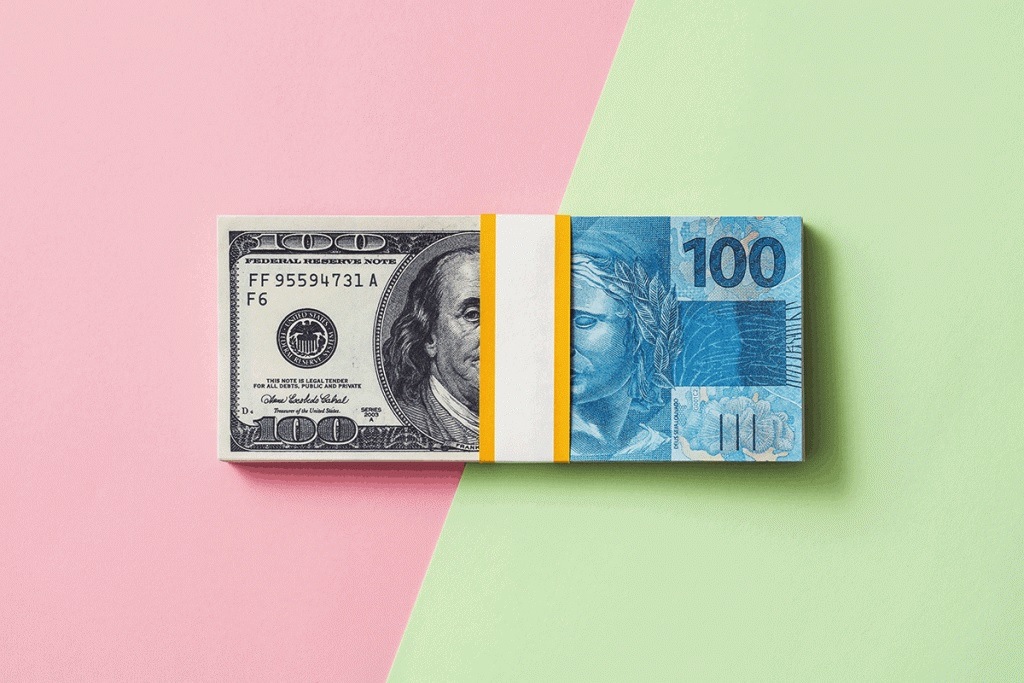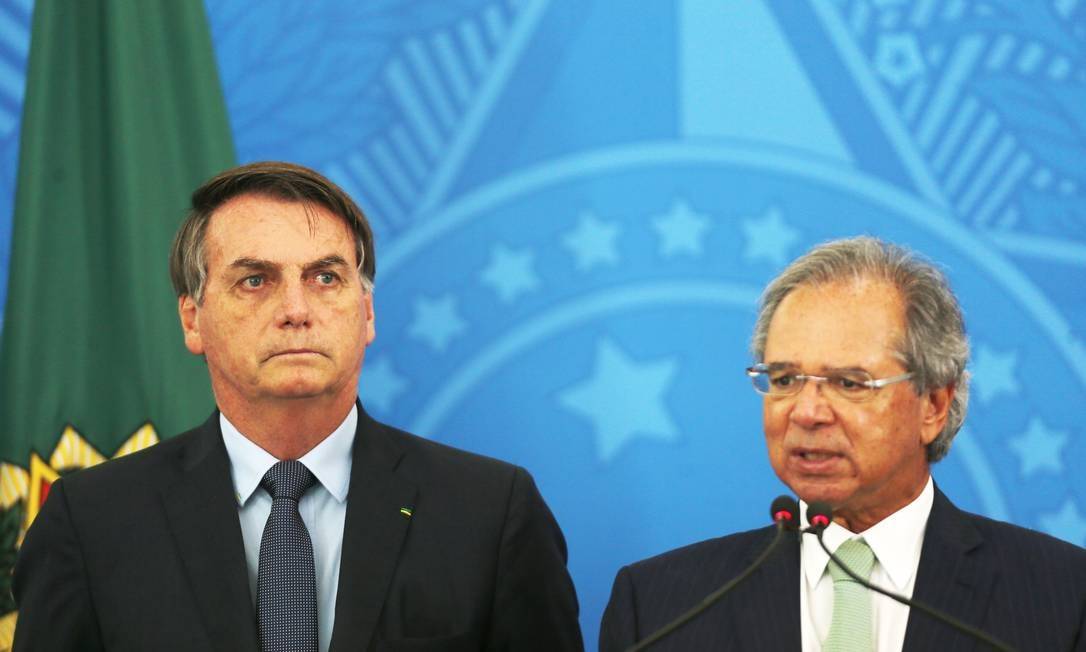RIO DE JANEIRO, BRAZIL – Amid yet another sharp hike in the dollar against the real, the US currency is heading to exceed the R$6 mark, just two months after topping R$5 for the first time in history, in a crisis scenario as a result of both the coronavirus pandemic and heightened political tension.

On Wednesday, May 13th, the commercial dollar closed with an appreciation of 0.61 percent, quoted at R$5.9007 in buying and R$5.9012 in selling, once again renewing its historical maximum.
And as the negative scenario continues in the country, analysts began to review their projections more often, pointing out that the US currency is expected to exceed R$6 soon, although it is not expected to end the year at this rate.
More recently, Deutsche Bank has proved to be quite pessimistic, pointing out that the dollar could reach R$6.50 as Brazil faces the worst recession in its history, since the coronavirus pandemic exposes the still pending reforms in Brazil, in addition to the political scenario.
But the most recent scenario revision came from the Credit Suisse, with analysts adopting a more pessimistic outlook and setting a short-term price of R$6.20, pointing out the political risks and low interest rates, which make unattractive the so-called carry trade –an operation in which investors borrow money at low interest rates and apply it in countries with higher interest rates to earn the difference.
According to analysts, since the latest scenario update in late April, the currency has been overwhelmed by political unrest, with “concerns related to President Jair Bolsonaro’s legal issues and the position of Minister Guedes in the administration of the economy.
“The risk of judicial pressure on the President could pave the way for more generous fiscal spending (to ensure support in Congress) which would be perceived negatively by Guedes, and consequently by the market,” explains Credit Suisse.
In addition, analysts point to the Central Bank’s aggressive monetary policy, which cut the SELIC to three percent and has already signaled that it will further reduce it by up to 0.75 percentage points. “The combination of political risk and aggressive fiscal and monetary policies has raised concerns over the sustainability of these measures in Brazil,” they say.
Credit Suisse also says it is doubtful over the future of the exchange rate and that the carry trade should remain unattractive when compared to other emerging currencies.
On the other hand, the bank’s analysts point out that “we may see positive surprises from external events such as the faster improvement of the Covid-19 situation, which would potentially generate better conditions for the currency, but it is unlikely that the current political situation will sustain the exchange rate and thus we remain very cautious”.

Meanwhile, José Faria Júnior, director of Wagner Investments, underscores the country’s fiscal challenge, something he had been alerting to since the quarantine began in São Paulo two months ago. According to him, the government’s initial R$80 billion package was too low, and an increase in the amount of the measures to about ten percent of GDP was expected, while the public accounts situation is likely to push the gross debt to close to 100 percent of GDP.
“This public accounts debacle added to the increase in the Covid-19 cases has weighed too heavily on the currency, even more so with the SELIC rate that could drop to 2.25 percent or perhaps less,” says the analyst, who is skeptical in recommending the sale of the currency now, with his projection model pointing to the potential for the currency to reach R$6.10.
With the sharp economic and political deterioration in the country and an “extreme” monetary flexibility, the BofA has also revised its exchange rate projection at the end of the year from R$5.20 to R$5.85. Several factors may “easily” push the dollar above R$6, according to the report, such as the increase in Covid-19 cases and domestic political clashes.
“We expect the political turmoil to persist while the Office of the Prosecutor General (PGR) hears depositions and collects evidence to decide whether to file a formal indictment against President Jair Bolsonaro in Congress. The political turmoil could impact the reform agenda and the fiscal normalization process next year. This will keep the Brazilian real under pressure in the short term,” they say.
Earlier this week, Banco Fibra revised its exchange rate projection, saying the currency could exceed R$6 soon. The institution revised its estimate for the average dollar in 2020 to R$5.46, compared to the earlier estimate of R$5.39. By the end of the year, Fibra now estimates the exchange rate at R$5.75, compared to the previous estimate of R$5.50.
“In addition to global factors related to the Covid-19 pandemic – which increase global uncertainties by appreciating the value of the dollar and some other currencies considered ‘safe haven’ – exclusively domestic factors justify our scenario of a structurally weak real in the coming years, such as low real interest rates, low growth rate of potential and effective GDP, very negative exchange rate flow, worsened trading terms, in addition to the turmoil caused by the government itself,” said Fibra.
“We acknowledge a trend for further depreciation due to domestic factors (political turmoil). Specifically for the coming months, we consider that the real can even be traded above R$6 since the public health and economic crises can be amplified by political turmoil,” added the bank.
Itaú was yet another bank that also raised its exchange rate projection from R$4.60 to R$5.75 this year. For 2021, the new projection is R$4.50, against the former R$4.15.
Despite the negative projections, the economists’ average still does not expect the dollar to end the year at R$6. In the most recent Focus report, which compiles the projections of several economists, the scenario for 2020 is of a lower exchange rate, with the dollar standing at R$5.00.
For 2021, the projection increased to R$4.83, against the R$4.75 expected the preceding week. Thus, even if the dollar drops in relation to current levels, a fast decrease is not expected, in view of the combination of a complex fiscal scenario, political tension, and low interest rates.
Source: InfoMoney

